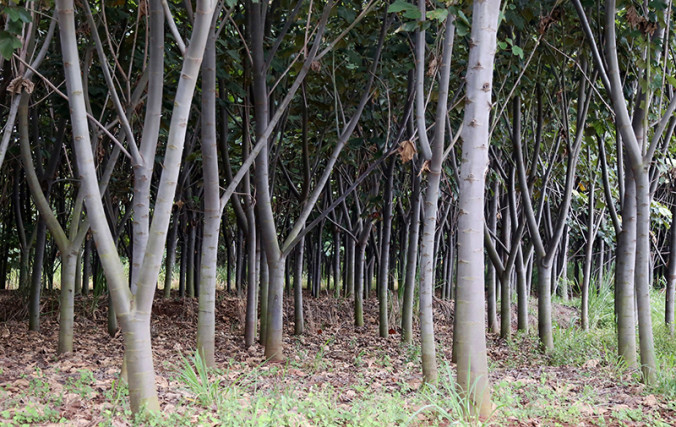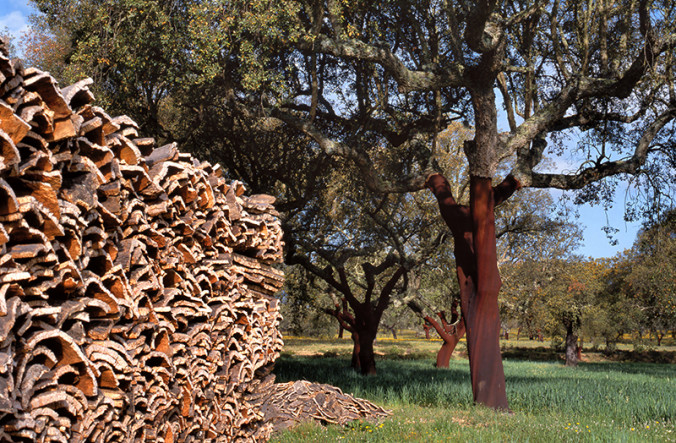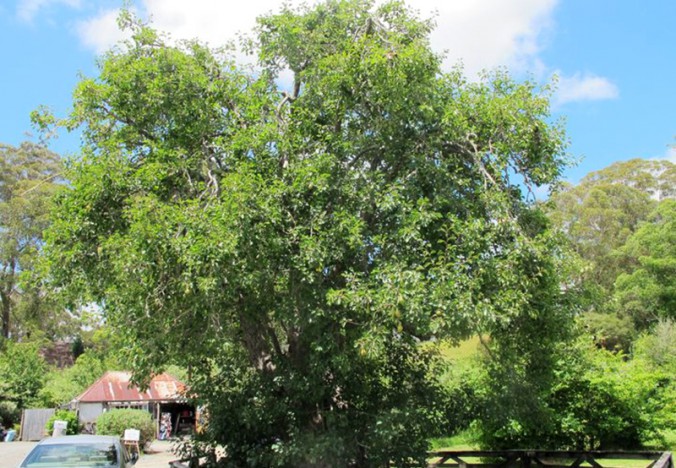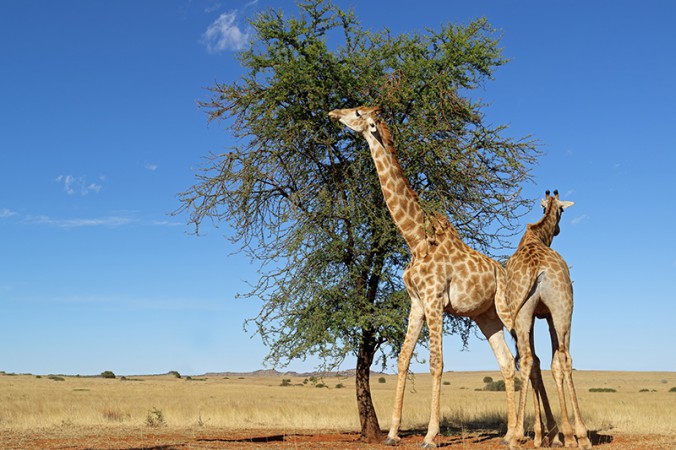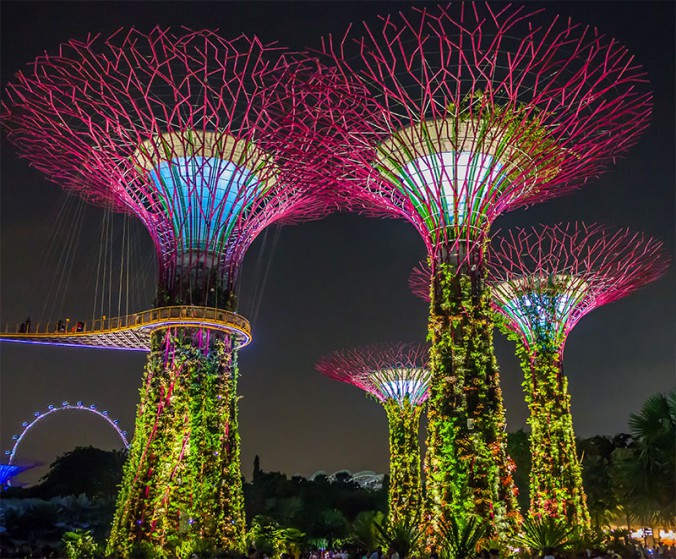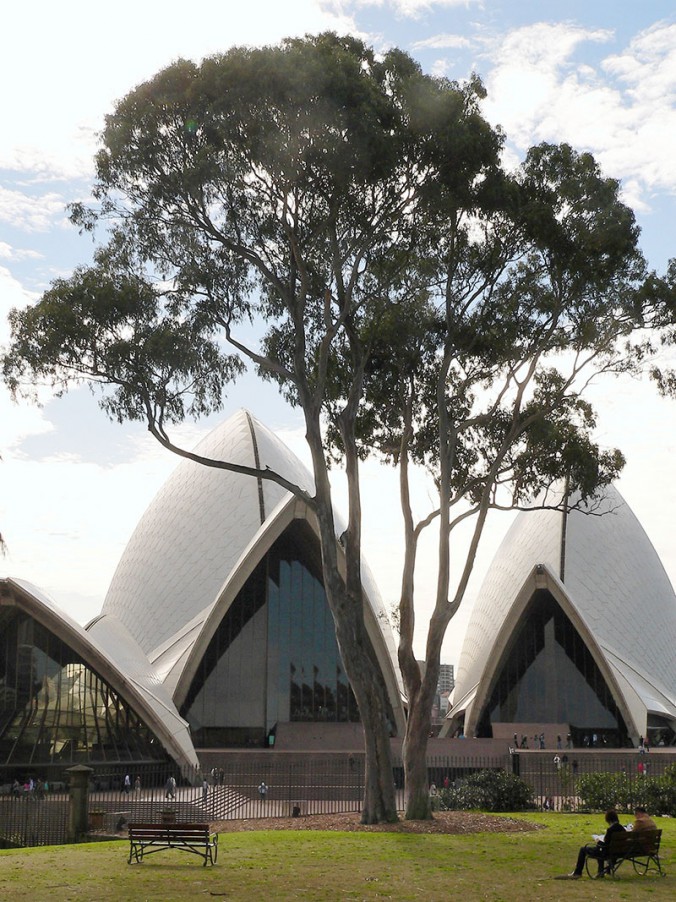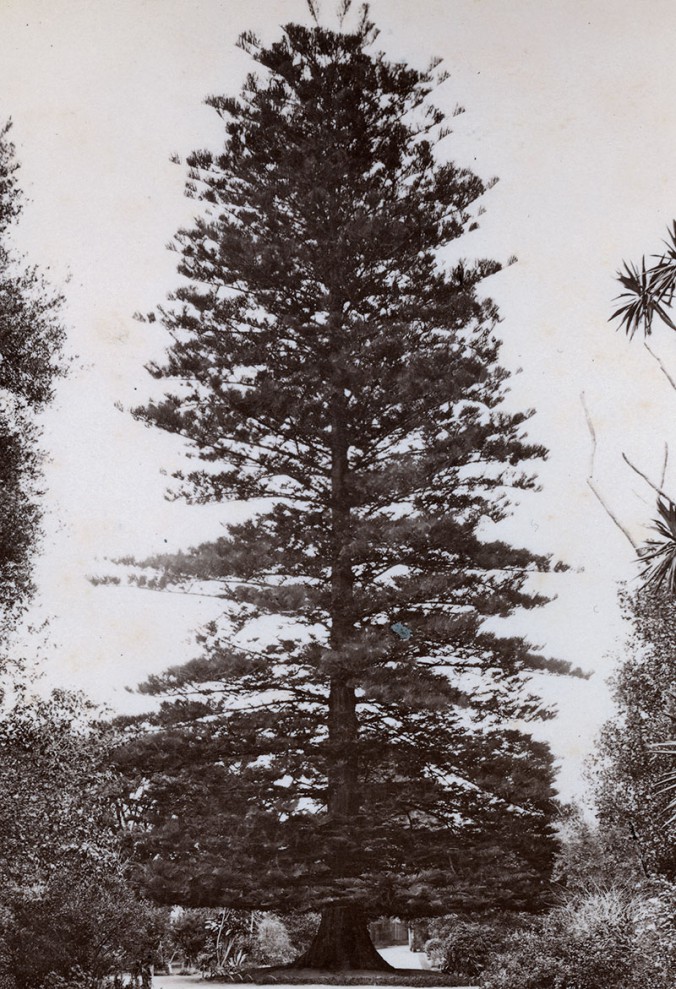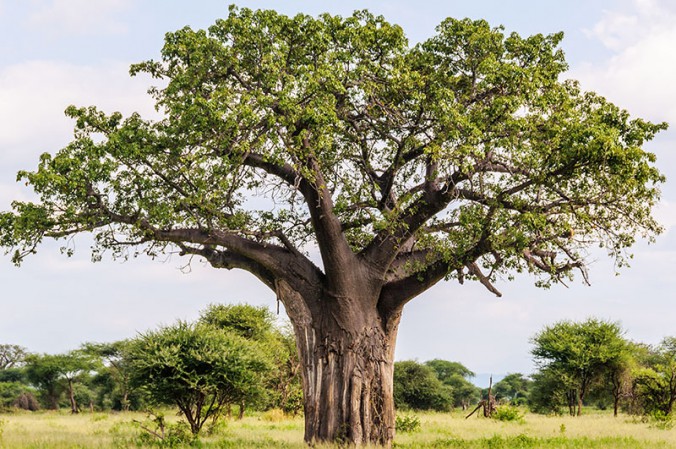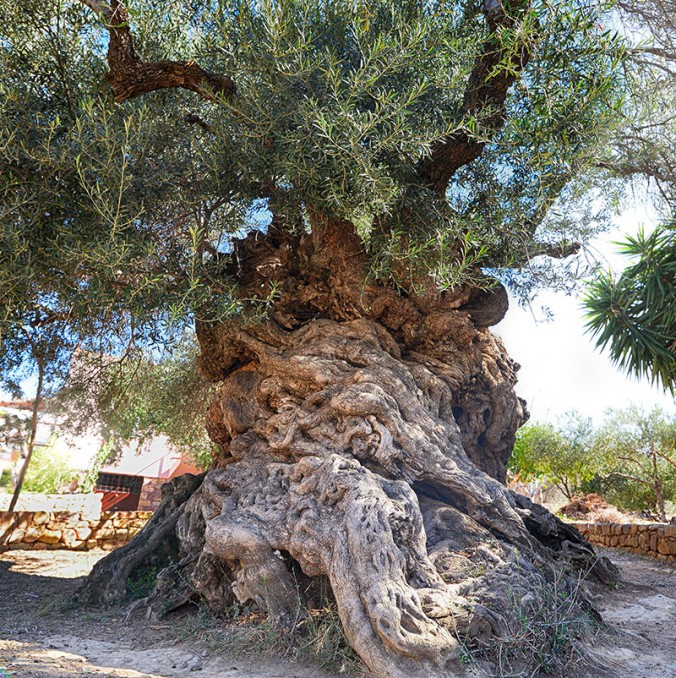The world’s lightest hardwood continues to be widely grown. Balsa (Ochroma pyramidale) is a large, fast-growing tree native from southern Mexico to southern Brazil, but can now be found in many other countries, including Papua New Guinea, Indonesia, Malaysia, Thailand, and the Solomon Islands.
Balsa trees can establish themselves in forest clearings or on abandoned agricultural fields and grow extremely rapidly. Their speed of growth accounts for the lightness of the wood, which has a lower density than cork. Trees generally do not live beyond 30 to 40 years. Balsa is widely cultivated … Read more “From primitive rafts to speedy bombers”
